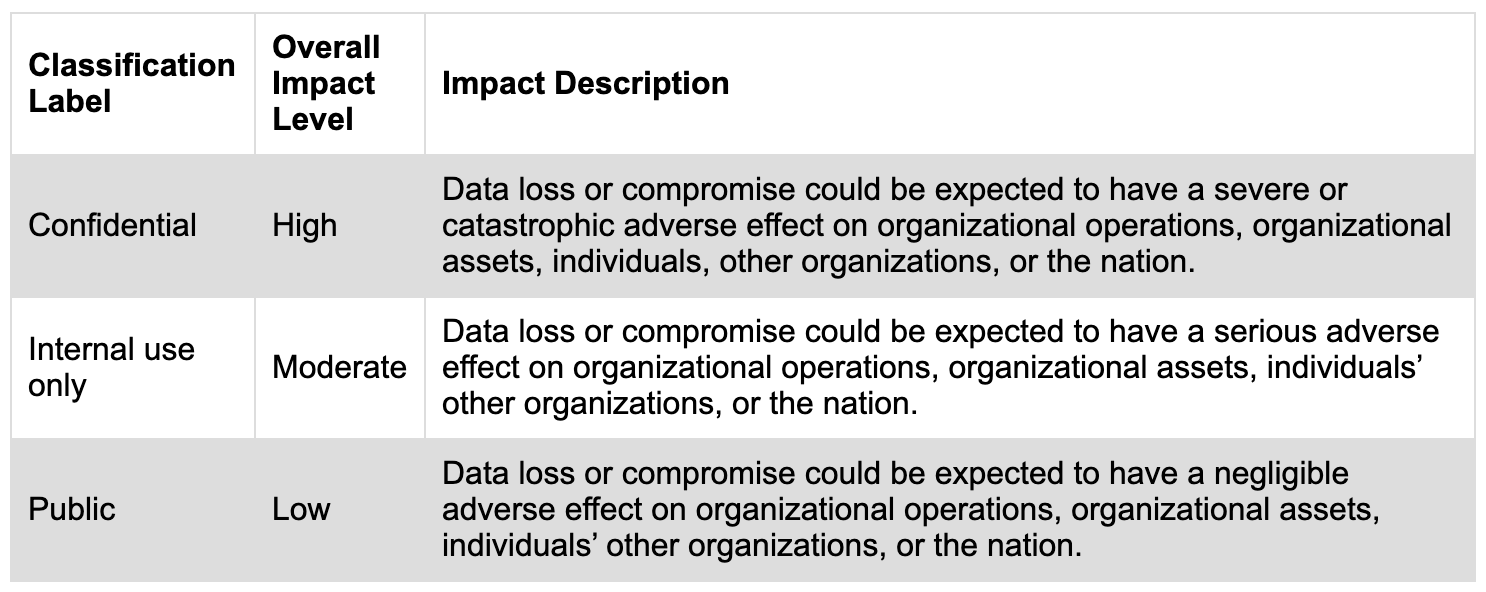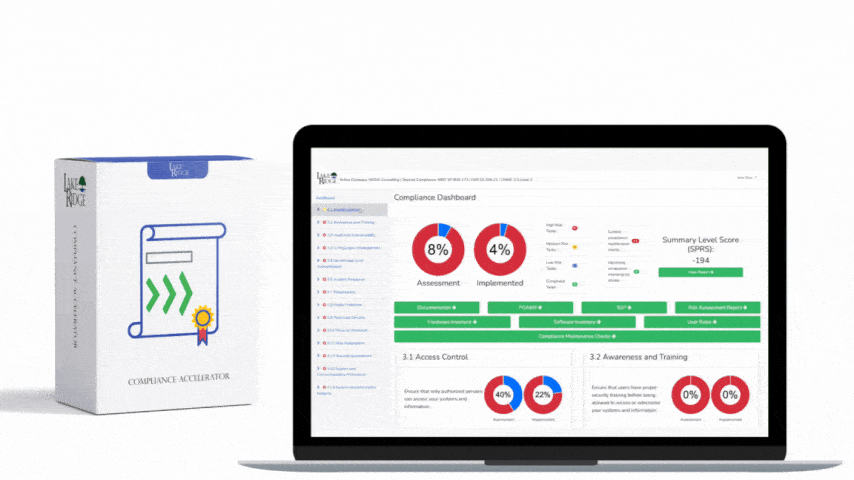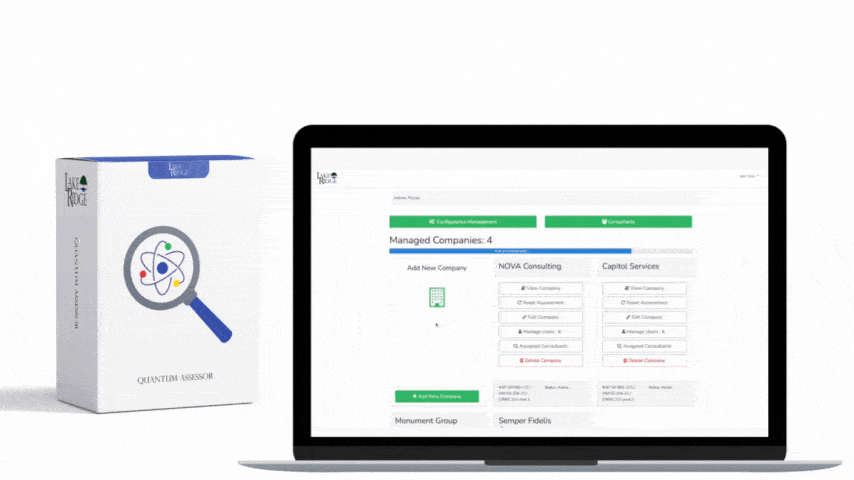What is Data Classification?
Data classification is the means by which data is protected based on its need for secrecy, sensitivity, or confidentiality. It involves organizing data into categories based on data importance and sensitivity.
What is the Purpose of Data Classification?
Data classification is used to determine how many resources are allocated to protect data. It helps determine the level of security required to protect data. Some data is more sensitive and important than others, as a result they may require higher levels of protection.
What are the Benefits of Data Classification?
The following are some of the benefits of creating and using a data classification scheme at your organization:
- It identifies which data is most critical to the organization
- It helps in the selection of data protection mechanisms
- It is generally required to meet cybersecurity compliance requirements
- It helps with identifying data access control requirements
- It helps with managing the lifecycle of the data including data retention, usage, and destruction
Example Data Classification Levels
The below three data classification levels are easy to understand and are applicable to most organizations. There is no sense in creating so many categories because it makes data classification more time consuming, difficult, and it is harder for personnel to undestand the classifications.
How do You Implement Data Classification?
- Identify a data custodian and defining their responsibilities. Data custodians have an IT role. They manage data backups, storage, processing, and access controls.
- Specify how the data will be classified and labelled. Define what makes data meet a given classification level.
- Have the data owner classify and label the data with appropriate classification labels.
- Select the security controls that will be applied to the now classified data.
- Create a data declassification policy.
- Train personnel on how to use your data classification system and their responsibilities regarding data classification
How do You Implement Data Classification?
Data must be declassified when it no longer requires protection otherwise precious resources will be expended to protect and store it.





